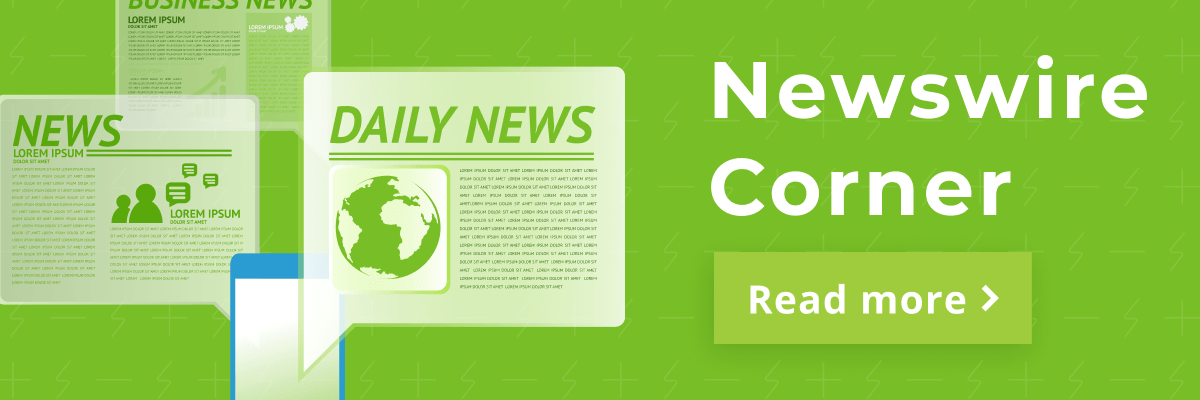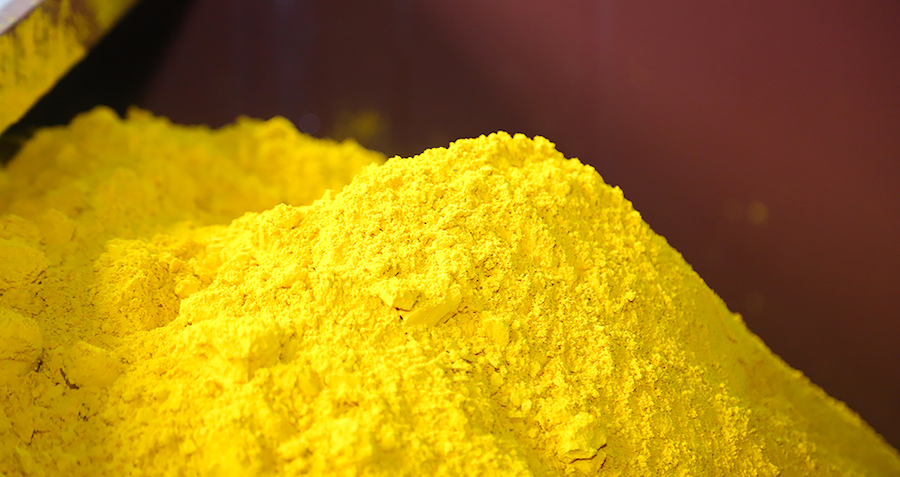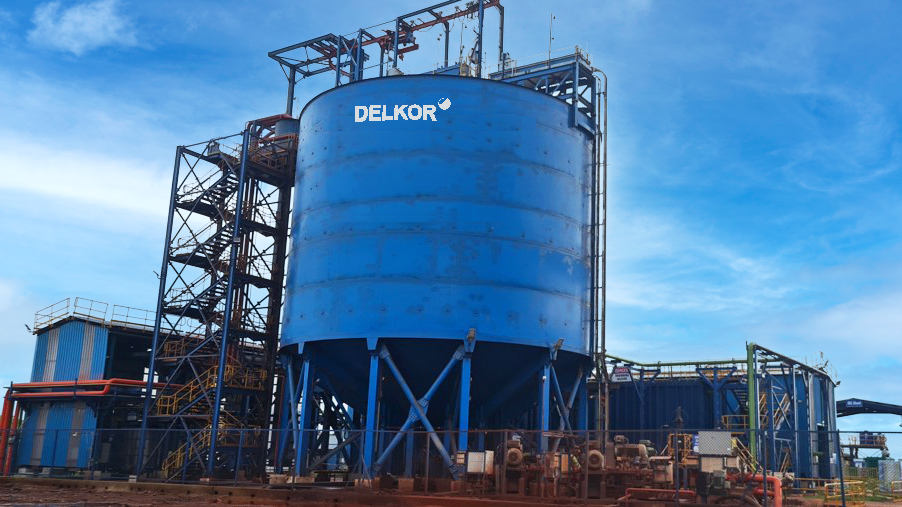Sign up for daily news updates from CleanTechnica on email. Or follow us on Google News!
The passive house idea began in Germany in the 1990s as a way to make buildings more energy efficient. People and businesses spend a lot of money to heat their homes, factories, retail spaces, and offices, usually by burning fossil fuels. Not only is that expensive, it also creates huge amounts of carbon dioxide emissions that are the primary cause of global heating. In the US, the Passive House Network was established in 2011 to promote the passive house concepts in America.
On its website, PHN says that most buildings, even “green” buildings, are uncomfortable, use too much energy, provide poor indoor air quality, and are expensive to operate. It says the building industry is generally confused about what drives performance, but its programs demystify the impact of design and construction choices, raise expectations, and transform how you think and work. It offers introductory, core certification, and advanced courses to help people and building professionals take next steps in making new buildings more efficient and more climate friendly.
Passive House Progress Has Been Slower Than Expected
Despite the obvious benefits of more energy efficient buildings, the Passive House idea has not caught on as quickly as hoped, for a number of reasons — many of which will sound familiar to those of you who are EV advocates. Building to passive house standards usually adds 5 to 8% to the cost of a new building. Even though those extra costs will be repaid many times over (a passive house can reduce annual heating bills significantly), many buyers are reluctant to incur the extra initial expense.
In addition, people have been building things the same way for a very long time. There is tremendous inertia against changing how things are done in the building trades. Architects, insurers, lenders, and building code officials are thoroughly familiar with how things have been done in the past and are none too receptive to those who claim there is a better way. Then there is the social issue. The whole passive house idea seems like one of those commie pinko plots cooked up by treehuggers who wear lederhosen and Birkenstocks and drive Volvos in Vermont. Many people subscribe to the “If it ain’t broke, don’t fix it” philosophy.
Don’t Sell The Steak, Sell The Sizzle
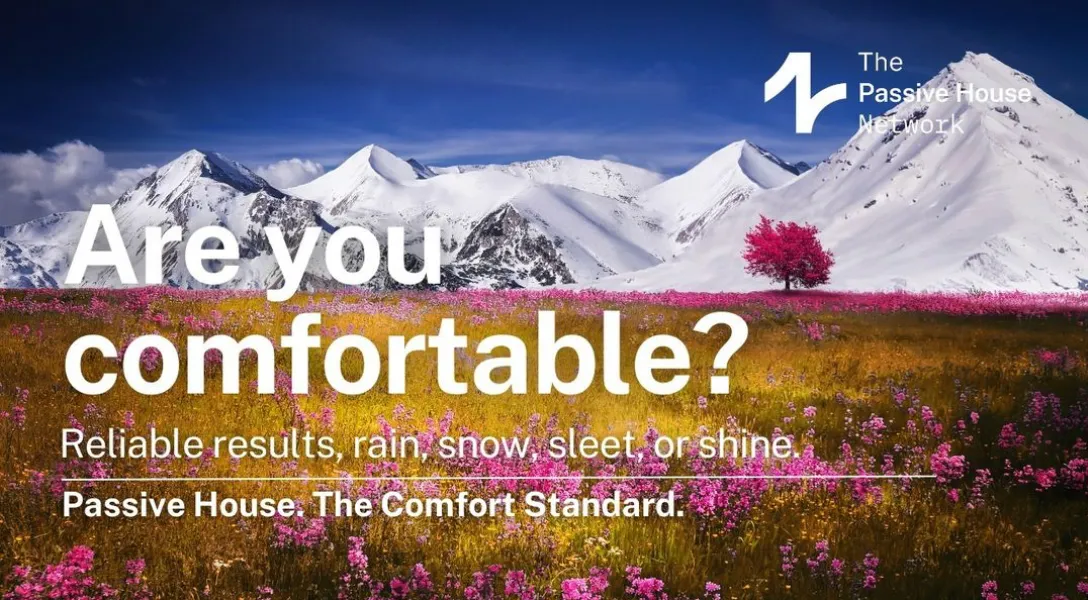
I am going to take a brief detour here, but fear not, gentle reader. We will get back to the main theme shortly. The internet is a strange and mysterious place. It has the power to bring people together to share ideas in a way that was not possible previously. I have established myself on Substack, where I repost some of the articles I write for family and friends who are not regular CleanTechnica readers. But a curious thing has happened. Now that I have my own presence on the internet, some people have found me online and decided to follow my ramblings.
One of them is Larry Alter. He also has a Substack space and it’s pretty good, so I have signed up to follow him in return. Now this is where the train gets back on track. Larry recently posted an article about the Passive House Network and its new marketing approach designed to attract more followers by emphasizing comfort. The campaign builds on the wisdom of Zig Zeigler, a marketing genius who preached that “People don’t buy for logical reasons. They buy for emotional reasons.” A corollary to that is that people buy on emotion and justify their decision later with facts.
You may have noticed that the world is getting hotter. Where once the focus was on lowering heating bills, the Passive House Network now wants to emphasize that buildings constructed using its standards are more comfortable and can also lower cooling costs significantly. In fact, they can keep people cool even when there is no electricity to run air conditioning. Lots of people in Houston could have benefited from that when the power there went out for more than a week. That’s when paying a little more upfront becomes largely irrelevant.
Comfort & Efficiency
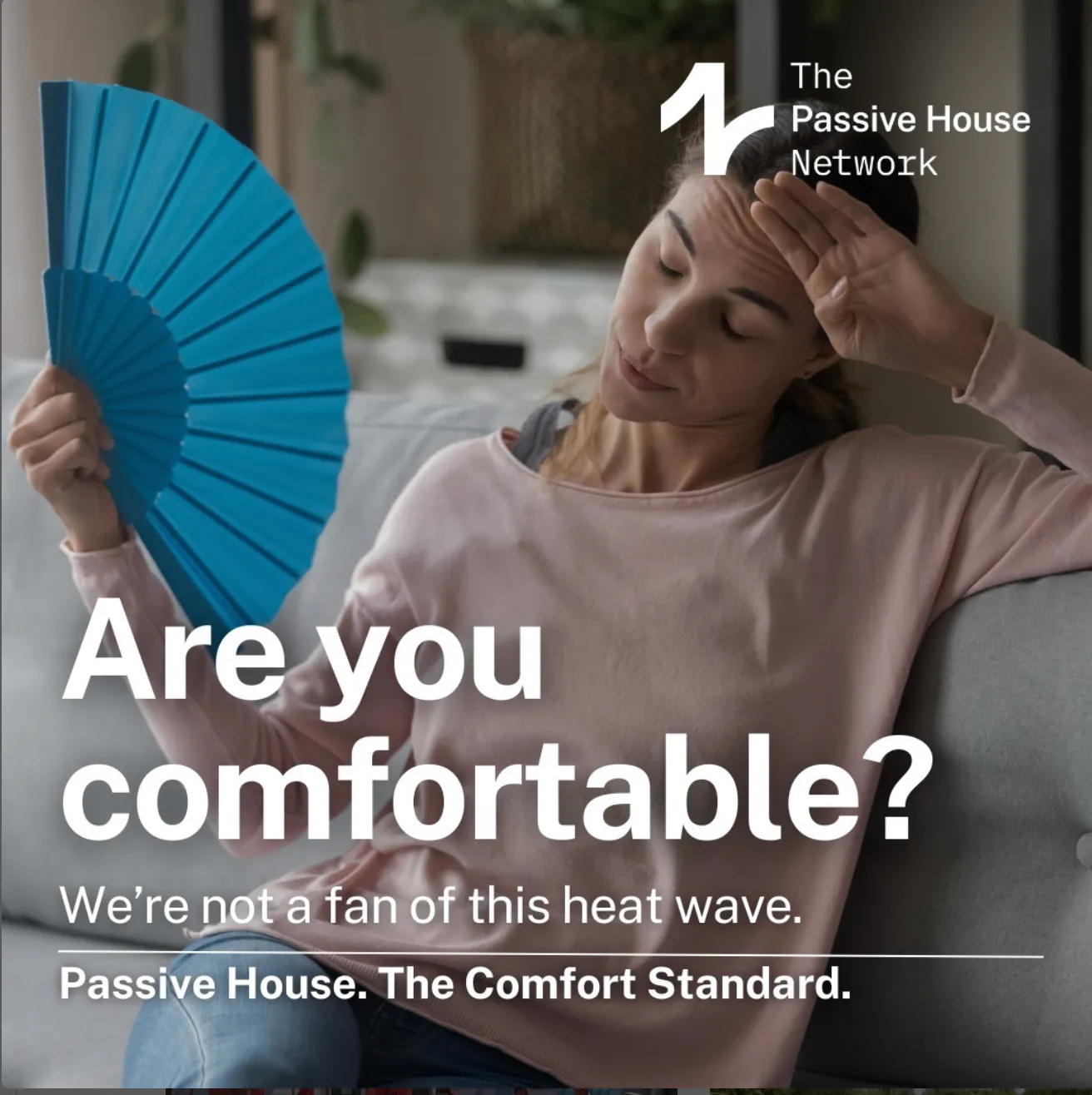
Kim Ravold of PHN told Larry Alter recently, “At first glance, the Passive House Standard appears to be driven by efficiency, because the end result dramatically lowers energy usage. What’s less apparent is that these energy efficient benchmarks are linked to occupancy comfort. Each drives the other, not just in terms of surface temperature, but also cleaner air, reduced noise, and fewer pests. Comfort is physical, emotional, visceral. Comfort feels like a luxury.
“At the same time, when we ask ‘Are you comfortable,’ we’re asking the question existentially. Are you comfortable that the buildings we typically design, build, and occupy produce 40% of global carbon emissions? Are you comfortable with a building that contributes to our climate crisis, or do you want to be a part of the solution? It’s not a question of sacrificing comfort for efficiency. Passive House is the building standard we can rest easy with, literally and figuratively.”
In June, 2014, architect Elrond Burrell wrote: “Energy efficiency is actually only part of passivhaus. People don’t often realize that the Passivhaus Standard is also a rigorous comfort standard that ensures a building is free from drafts, free from cold spots, free from excessive over heating, and provided with a constant supply of fresh clean air. And it does so with the minimum amount of energy.”
Alter explains that our bodies do not care what temperature the thermostat is set at. What matters is the rate at which they are gaining or losing heat to surrounding surfaces. Your skin and your brain care about the Mean Radiant Temperature, the theoretical uniform surface temperature of an enclosure. Passive House structures are so comfortable because the temperatures of the walls and windows are close to our skin temperature. If the walls are warm, you are warm. In hot weather, the reverse is true — if the walls are cool, then so are you.
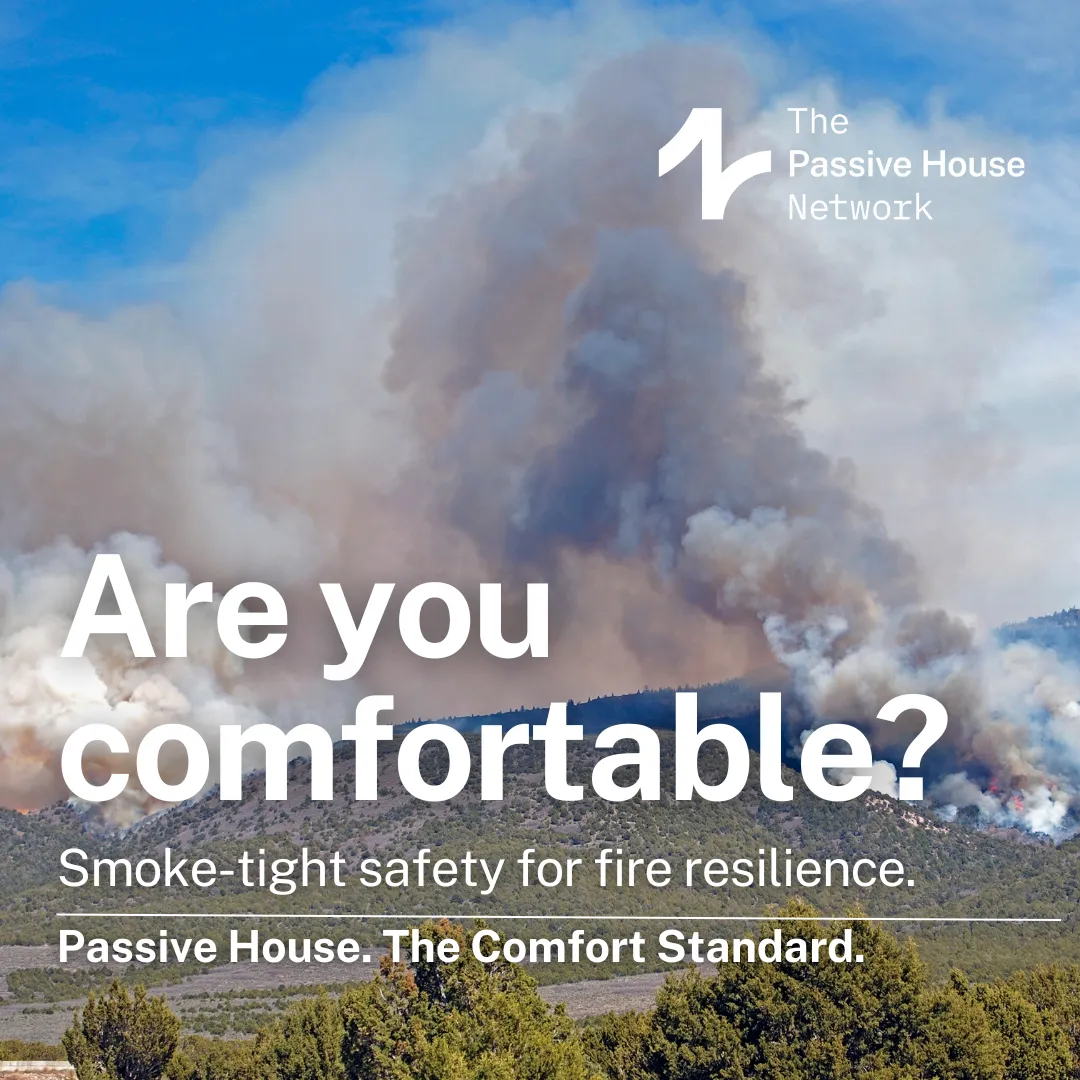
There is another benefit of a structure built to Passive House standards. It helps protect those inside from the fine particulates contained in the smoke from forest fires. Maybe you don’t live in an area where wildfires are common, but for those who do, that can be a very important consideration.
The Takeaway
I found Larry Alter’s article on Substack informative and well written. If you want to delve into the Passive House Network’s new marketing strategy more deeply, I’m sure he wouldn’t mind if you went there to read his full article. I told him I was going to steal from it and he didn’t object. That’s how the internet can work to share information with people and give us all the tools we need to make good decisions, if the trolls, bullies, and buffoons don’t corrupt the process to the point where we avoid going online.
Comfort is an emotional idea, efficiency is not. Kudos to the Passive House Network for focusing on how its ideas can promote a more comfortable indoor environment. That’s a concept that will appeal to a wide range of people. If more structures get built that keep us comfortable year-round while reducing energy costs, that’s a big win for them and for the environment.
Have a tip for CleanTechnica? Want to advertise? Want to suggest a guest for our CleanTech Talk podcast? Contact us here.
Latest CleanTechnica.TV Videos
CleanTechnica uses affiliate links. See our policy here.
CleanTechnica’s Comment Policy

